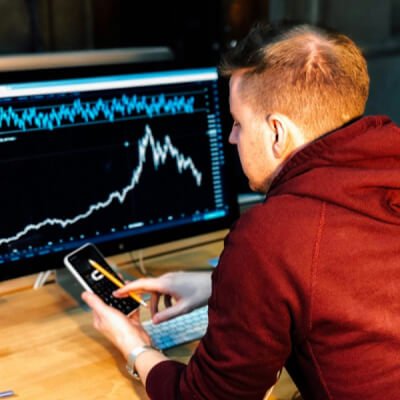
Becoming a trader can be an exciting yet challenging journey. Whether you’re interested in stocks, forex, cryptocurrencies, or commodities, starting on the right foot is crucial for long-term success. Below are some essential steps to guide you through the process of becoming a trader.
1. Define Your Trading Goals
Understanding why you want to trade is the first step. Are you looking for additional income, financial independence, or a new career? Clear goals will help shape your strategy and commitment level.
- Tip: Set realistic expectations about profitability and the time required to learn trading.
2. Choose Your Market
Decide which financial market aligns with your interests and knowledge. Popular options include:
- Stocks: Focus on company shares and equity trading.
- Forex: Trade currency pairs in a highly liquid market.
- Cryptocurrencies: Invest in digital assets with high volatility.
- Commodities: Trade raw materials like gold, oil, and agricultural products.
3. Learn the Basics of Trading
Before diving into the markets, gain a solid understanding of trading fundamentals, such as:
- Market mechanics and terminology.
- Reading charts and analyzing trends.
- Understanding risk and reward ratios.
Many online resources, books, and courses are available to help you build your foundational knowledge.
4. Choose a Reliable Broker
Selecting a trustworthy broker is essential for a smooth trading experience. Consider the following:
- Regulation and security of funds.
- Trading platform features and usability.
- Commission, spreads, and fees.
- Customer support and educational resources.
5. Develop a Trading Plan
A well-crafted trading plan will act as your roadmap. It should include:
- Your trading goals and risk tolerance.
- Preferred trading style (day trading, swing trading, or long-term investing).
- Entry and exit strategies based on technical and fundamental analysis.
6. Start with a Demo Account
Before risking real money, practice trading on a demo account. This allows you to:
- Test your strategies in a risk-free environment.
- Familiarize yourself with the trading platform.
- Build confidence without emotional stress.
7. Risk Management
Protecting your capital is paramount. Implement risk management strategies such as:
- Setting stop-loss and take-profit levels.
- Only risking a small percentage of your account per trade.
- Diversifying your portfolio to minimize exposure.
8. Start Trading with Real Money
Once you’re comfortable with your skills, transition to live trading. Begin with a small amount to manage emotional pressure and refine your approach.
- Tip: Avoid over-leveraging, especially in volatile markets like forex and cryptocurrencies.
9. Keep Learning and Adapting
Trading is a continuous learning process. Stay updated with market news, refine your strategies, and learn from your experiences. Join trading communities to exchange insights and gain new perspectives.
10. Maintain Discipline and Emotional Control
Success in trading requires patience, discipline, and emotional resilience. Avoid impulsive decisions and stick to your trading plan, even during market volatility.
Conclusion
Starting your trading journey requires a mix of knowledge, preparation, and discipline. By following these steps, you’ll be better equipped to navigate the complexities of financial markets and work toward achieving your trading goals. Remember, consistent effort and a willingness to learn are key to long-term success.